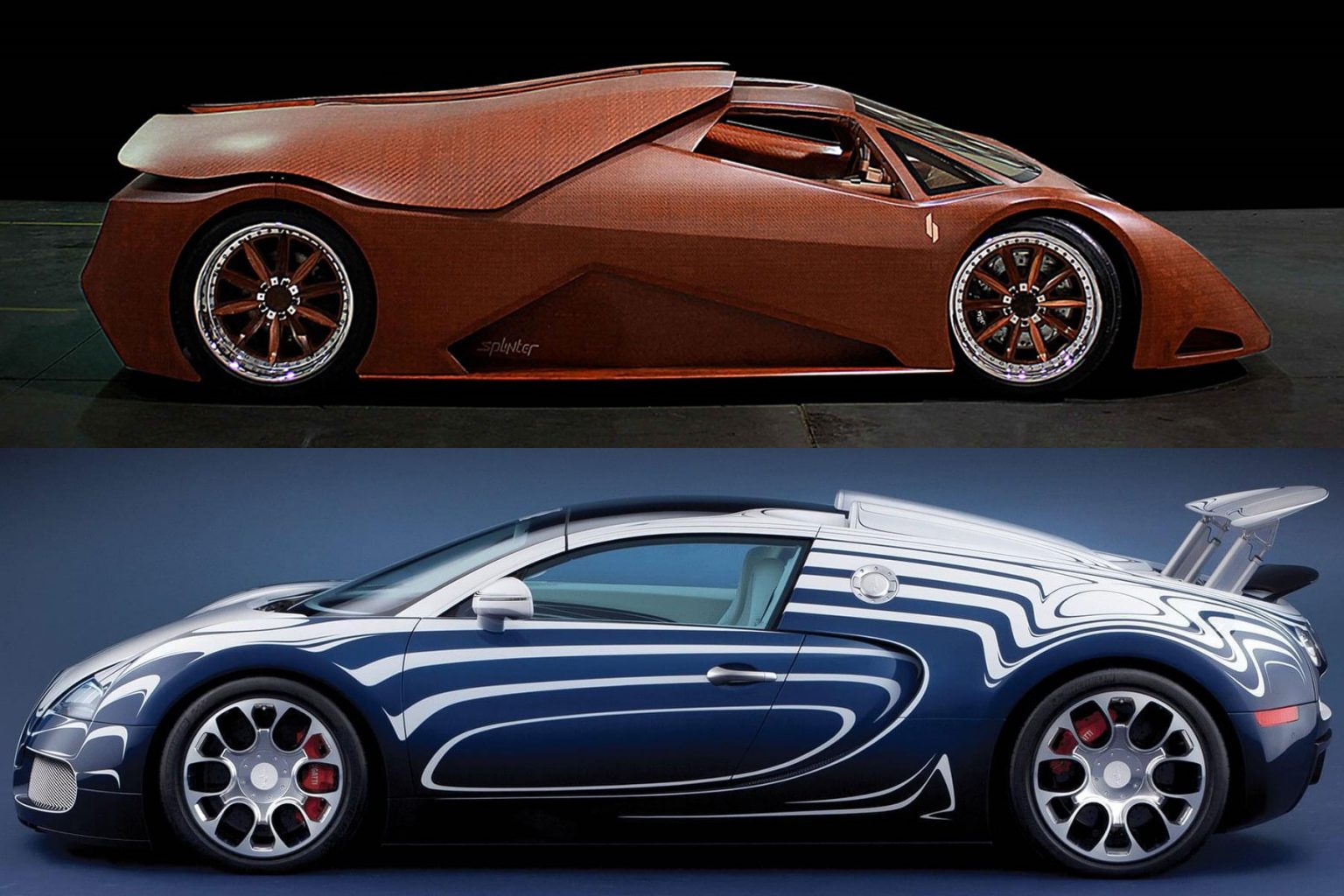During recent maintenance on a car, the discovery of a sharp engine knock caused by a worn timing gear made of plastic fiber compounds was surprising. Such non-traditional materials are being used in the automotive industry to increase dependability, efficiency and environmental friendliness.

Sustainable materials such as micro glass bubbles and boron nitride composites that dissipate battery heat are being used in electric vehicles (EVs), which have become more affordable due to tax credits. The use of steel, complex structural composites, plastics, alloys, and polymers lowers the overall weight of a vehicle and increases fuel economy while preserving body rigidity, ride comfort and passenger safety.
Steel is the most commonly used material in car manufacturing and is found in various car parts such as the exhaust, brake and suspension systems, engine, wheels, chassis and roof. There are different types of steel such as advanced high-strength steel, high carbon steel, and alloy steel used for specific applications. Car plastics are made from petroleum by-products and are corrosion-resistant, durable and flexible. Plastics are used in various car parts such as the engine, trim, headlamps, carpets, gas tanks and bumpers, and may eventually replace steel as the primary material in car manufacturing.
Aluminum is lightweight, strong, durable and malleable, making it ideal for manufacturing car parts such as wheels, cylinder heads, mirrors, water pumps and transmission housings. Fiberglass, which is three times less dense than steel, is lightweight and strong, and is easily fabricated into various shapes for car parts such as rear bumpers, hoods, doors and vehicle bodies. It is also used to reinforce timing belts and in brake pads and clutch disks. Conventional car batteries and wheel weights used to balance tire/wheel assemblies contain lead.
Copper wires are commonly used in the electronics of vehicles, while copper alloys such as brass are utilized in bushings. Copper’s excellent resistance to sticking to the surface of other metals make it a suitable material for engine bearings. Additionally, copper’s high thermal conductivity allows it to be used in radiators and heater cores.
Magnesium is a lightweight material with a high strength-to-weight ratio, making it well-suited for automotive applications. It can be found in various parts such as transmissions, suspension systems, steering columns, control actuators, airbag housings, steering wheels, and seat frames. However, magnesium is vulnerable to corrosion, especially when exposed to salt, and requires protective coatings such as chrome, epoxy, or polyester resins.
Although expensive, titanium is highly corrosion-resistant and lightweight, with superior strength compared to other metals with the same density. Due to its hard-to-fabricate nature, it is mainly used in internal combustion engine (ICE) components, such as valves, valve springs, and piston connecting rods. Titanium is also used in the exhaust systems of luxury sports cars and is ideal for EV chassis, protecting the costly batteries that account for 25% of an EV’s weight.
The precious metals platinum, palladium, and rhodium, which are enclosed inside catalytic converters, have a wide range of applications. They serve as catalysts in ICEs, transforming unburned fuel into carbon dioxide and water vapors. They are also widely used in hybrid vehicle electric motors and frictionless bearings, engine sensors, catalytic converters, anti-lock brake controllers, and radio speakers.
While EVs do not require catalytic converters, they do contain expensive materials such as nickel and cobalt, which make up to 80% and 15%, respectively, of EV batteries, as well as natural graphite, silicone, and lithium. High-aluminum-content bauxite in wheels helps keep EVs as light as possible.

0 comment
Plastics are used extensively in car interiors for their durability, versatility, and low cost. They can be molded into any shape, and many plastic components are designed to be easily replaced if damaged.
Natural materials such as wood, leather, and wool are used in luxury cars to provide a premium and comfortable driving experience. These materials are often handcrafted and add a touch of elegance to the car’s interior.
I’m not feeling very motivated right now.
I’m not looking forward to doing my taxes.
Glass is an important material in car design, providing visibility, safety, and protection from the elements. The type of glass used in cars has evolved over time, with modern cars using laminated and tempered glass for improved safety.
I need to go grocery shopping later.
Magnesium is a lightweight material that is used in some high-end cars, particularly in engine components. It has good strength properties and can reduce the weight of the car without compromising on performance.
Copper is used in car electrical systems due to its high conductivity and resistance to corrosion. It is also an essential material in hybrid and electric cars, where it is used in batteries and motors.
Aluminum is another lightweight material used in cars, particularly in body panels and wheels. It is also corrosion-resistant and recyclable, making it a sustainable choice for car manufacturers.
I’m not sure what to make for dinner tonight.
I wish I could go on vacation.
Carbon fiber is a popular material used in high-performance cars. It is lightweight, strong, and can be molded into complex shapes. Plus, it has a sleek and futuristic look that many car enthusiasts love.